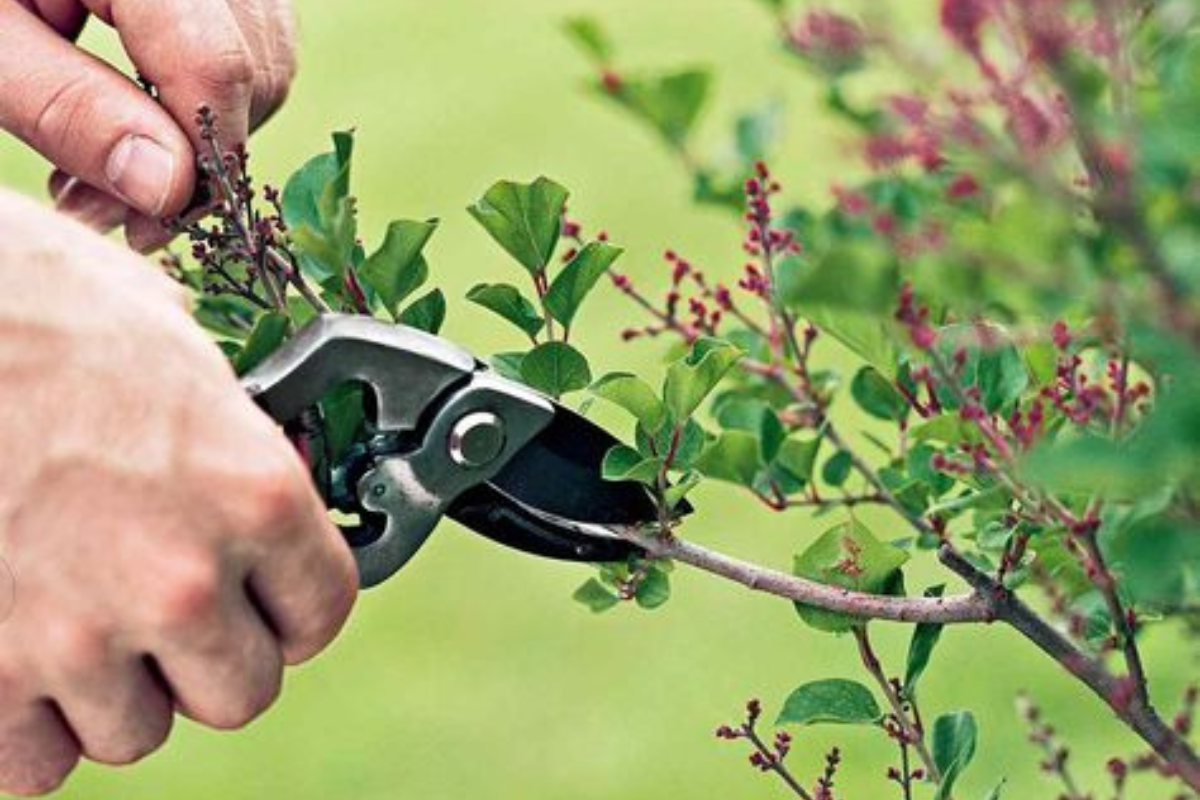The oleander (Nerium oleander), known for its vibrant blooms and hardiness, requires regular pruning to maintain its health, shape, and abundant flowering. Follow this comprehensive guide to learn when and how to prune your oleander effectively for a stunning and healthy plant year-round.
When to Prune Oleander?
- Late Winter/Early Spring (March-April)
Prune before new growth begins to encourage a robust flowering season. - After the Main Flowering Season (August-September)
Remove wilted flowers to promote a possible second bloom. - Avoid Late Fall Pruning
Late pruning can weaken the plant before winter, so it’s best to skip this period.
Essential Tools
- Sharp, Clean Pruners: For smooth and precise cuts.
- Gardening Gloves: Protect your hands from the toxic sap.
- Loppers: For thicker or older branches if necessary.
Pruning Techniques
- Remove Dead or Damaged Branches
Cut off any broken, diseased, or dry branches at the base to keep the plant healthy. - Trim Overgrown Branches
Shorten branches that are too long or disrupt the plant’s overall shape to maintain a balanced appearance. - Encourage Blooming
Prune flowering branches just above a node (about 4-6 inches below the spent flowers) to stimulate new blooms. - Rejuvenate the Plant
Every 2-3 years, remove about one-third of the oldest branches to encourage new, vigorous growth. - Improve Air Circulation
Thin out interior branches to prevent fungal diseases by allowing better airflow.
Severe Pruning for Rejuvenation
If your oleander is overgrown or bare at the base, opt for a hard prune in early spring:
- Cut all main branches back to 12-20 inches above the ground.
- Though recovery may take time, the plant will grow fresh, vigorous shoots, resulting in a younger and more compact appearance.
After Pruning
- Light Watering: Essential after heavy pruning to help the plant recover.
- Fertilize: Use a fertilizer designed for Mediterranean plants to support regrowth and flowering.
- Watch for Pests: Pruning wounds can attract pests like scale insects, so monitor the plant for any infestations.
Practical Tips
- Safety First: Always wear gloves and wash your hands after handling oleander, as all parts of the plant are toxic.
- Avoid Winter Pruning: Never prune during frost-prone periods to prevent plant damage.
- Regular Maintenance: Consistent pruning keeps the plant healthy and retains its natural beauty.
By following these tips, your oleander will stay healthy, vibrant, and full of blooms, adding beauty to your garden throughout the season!
Learn More
- Spring Pruning Tips: How to get your roses in full bloom!
- Jade Plant Care: Pruning tips for a stronger, more beautiful plant.
Share this article with your gardening friends and help them keep their oleanders thriving!
